How ABG Machines Work: A Comprehensive Guide to Blood Gas Analysis
Arterial blood gas (ABG) machines are essential tools in modern healthcare, providing critical information about a patient’s respiratory and metabolic status. These machines analyze arterial blood samples to measure important parameters like oxygen, carbon dioxide, and pH levels, which are crucial for managing patients with respiratory, metabolic, or critical illnesses. In this blog, we’ll break down the workings of ABG machines and how they perform blood gas analysis, along with their role in healthcare settings.
What is an ABG Machine?
An ABG (Arterial Blood Gas) machine is a medical device designed to quickly and accurately analyze arterial blood samples. The machine measures several key parameters in the blood, including:
- pH: Indicates the acidity or alkalinity of the blood.
- PaO2 (Partial Pressure of Oxygen): The amount of oxygen dissolved in the blood.
- PaCO2 (Partial Pressure of Carbon Dioxide): The amount of carbon dioxide dissolved in the blood.
- HCO3 (Bicarbonate): A buffer that helps maintain blood pH levels.
- Oxygen Saturation (SaO2): The percentage of hemoglobin that is saturated with oxygen.
ABG machines help clinicians monitor patients’ respiratory function and acid-base balance, making them invaluable in intensive care units (ICUs), emergency departments, and surgical settings.
Step-by-Step Guide: How ABG Machines Work
- Sample Collection
- To perform an ABG test, a sample of arterial blood is collected from the patient, typically from the radial artery in the wrist. Arterial blood is used because it carries oxygen directly from the lungs, providing an accurate assessment of gas exchange and pH.
- Sample Insertion
- The blood sample is drawn into a heparinized syringe to prevent clotting. The syringe is then sealed and immediately inserted into the ABG machine for analysis.
- Sensors and Electrodes
- Once the sample is inside the machine, the analysis process begins. The ABG machine uses several electrodes to measure the gases and electrolytes in the blood:
- pH electrode: Measures the hydrogen ion concentration to determine the pH level.
- PaO2 electrode (Clark electrode): Measures the oxygen concentration in the blood.
- PaCO2 electrode (Severinghaus electrode): Measures the concentration of carbon dioxide in the blood.
- HCO3 is calculated: The machine calculates the bicarbonate level based on the pH and PaCO2 levels.
- Once the sample is inside the machine, the analysis process begins. The ABG machine uses several electrodes to measure the gases and electrolytes in the blood:
- Calculating Oxygen Saturation (SaO2)
- Some ABG machines also measure oxygen saturation using advanced technologies like pulse oximetry, or they calculate the SaO2 based on PaO2 and pH.
- Automated Interpretation
- Modern ABG machines offer automated interpretation of results, providing clinicians with a quick analysis of the patient’s respiratory and metabolic status. Parameters such as the anion gap and base excess are also calculated to assess acid-base disturbances.
- Display of Results
- Once the analysis is complete, the ABG machine displays the results on its screen, allowing healthcare providers to quickly assess the data. Many machines can also print the results or integrate them into the patient’s electronic health record (EHR) for easy access.
Key Parameters Measured by ABG Machines
- pH: Normal pH is 7.35 to 7.45. A low pH (acidosis) indicates an excess of hydrogen ions, while a high pH (alkalosis) means there is a deficiency of hydrogen ions.
- PaO2: The normal range is 75 to 100 mmHg. Low PaO2 indicates hypoxemia, which may require oxygen therapy or ventilatory support.
- PaCO2: The normal range is 35 to 45 mmHg. High levels indicate hypercapnia, a sign of respiratory failure, while low levels indicate hypocapnia, which may result from hyperventilation.
- HCO3: The normal range is 22 to 26 mEq/L. It helps buffer blood pH, and abnormal levels may indicate metabolic acidosis or alkalosis.
- SaO2: Normal oxygen saturation levels are between 94% and 100%.
ABG Machine Calibration and Maintenance
ABG machines require regular calibration and maintenance to ensure accurate results. They are calibrated using reference gases and solutions with known concentrations of oxygen, carbon dioxide, and hydrogen ions. Quality control is crucial, and many hospitals have daily routines to verify the accuracy of ABG machines, ensuring that critical clinical decisions are based on reliable data.
The Importance of ABG Analysis in Clinical Practice
The primary role of ABG machines is to help clinicians assess and manage respiratory, metabolic, and acid-base disorders in critically ill patients. Some common conditions where ABG analysis plays a vital role include:
- Respiratory Failure: ABG analysis helps determine if a patient needs mechanical ventilation by assessing the levels of oxygen and carbon dioxide in the blood.
- Metabolic Disorders: It helps diagnose metabolic acidosis (such as in diabetic ketoacidosis) or metabolic alkalosis (due to vomiting or certain medications).
- Monitoring Ventilated Patients: In mechanically ventilated patients, ABG results are critical in adjusting ventilation settings to optimize oxygenation and CO2 removal.
Benefits of ABG Machines
- Speed: ABG machines deliver results within minutes, which is crucial in emergencies.
- Accuracy: They provide precise measurements of oxygen, carbon dioxide, and pH levels.
- Automated Interpretation: Many modern machines offer automated analysis and interpretation, reducing the chance of human error.
- Real-time Monitoring: ABG analysis allows for continuous monitoring of critical patients in ICUs, helping in making rapid adjustments to treatment plans.
Conclusion
ABG machines are indispensable tools in the diagnosis and management of respiratory and metabolic disorders. Their ability to provide immediate and accurate blood gas analysis helps healthcare providers make life-saving decisions, particularly in intensive care and emergency settings. By understanding how ABG machines work and what parameters they measure, healthcare providers can ensure effective patient care and improve clinical outcomes.
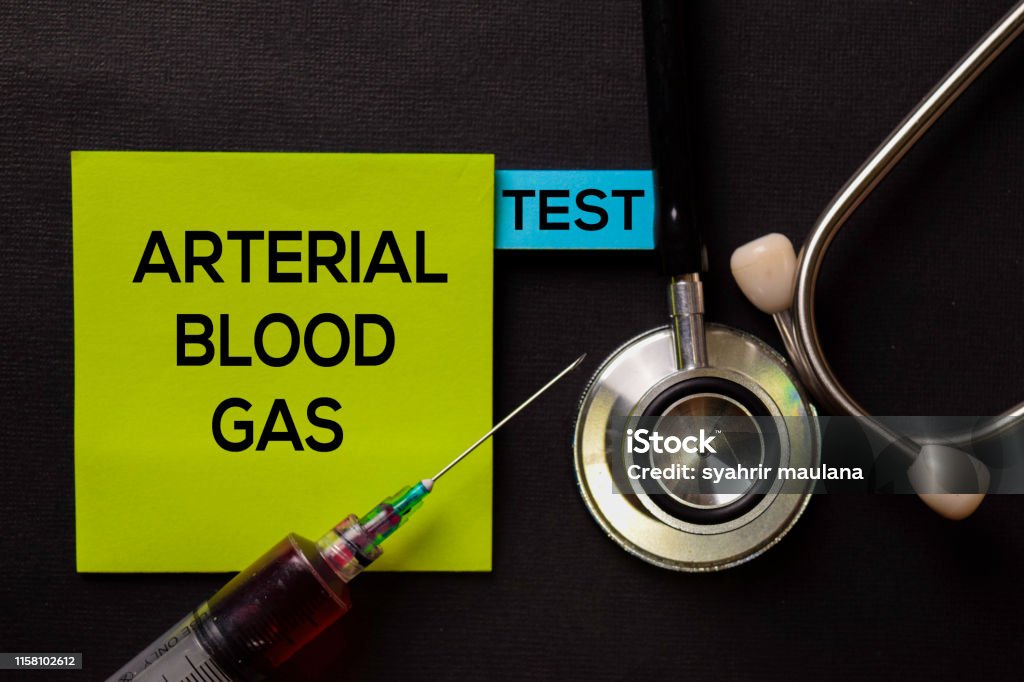
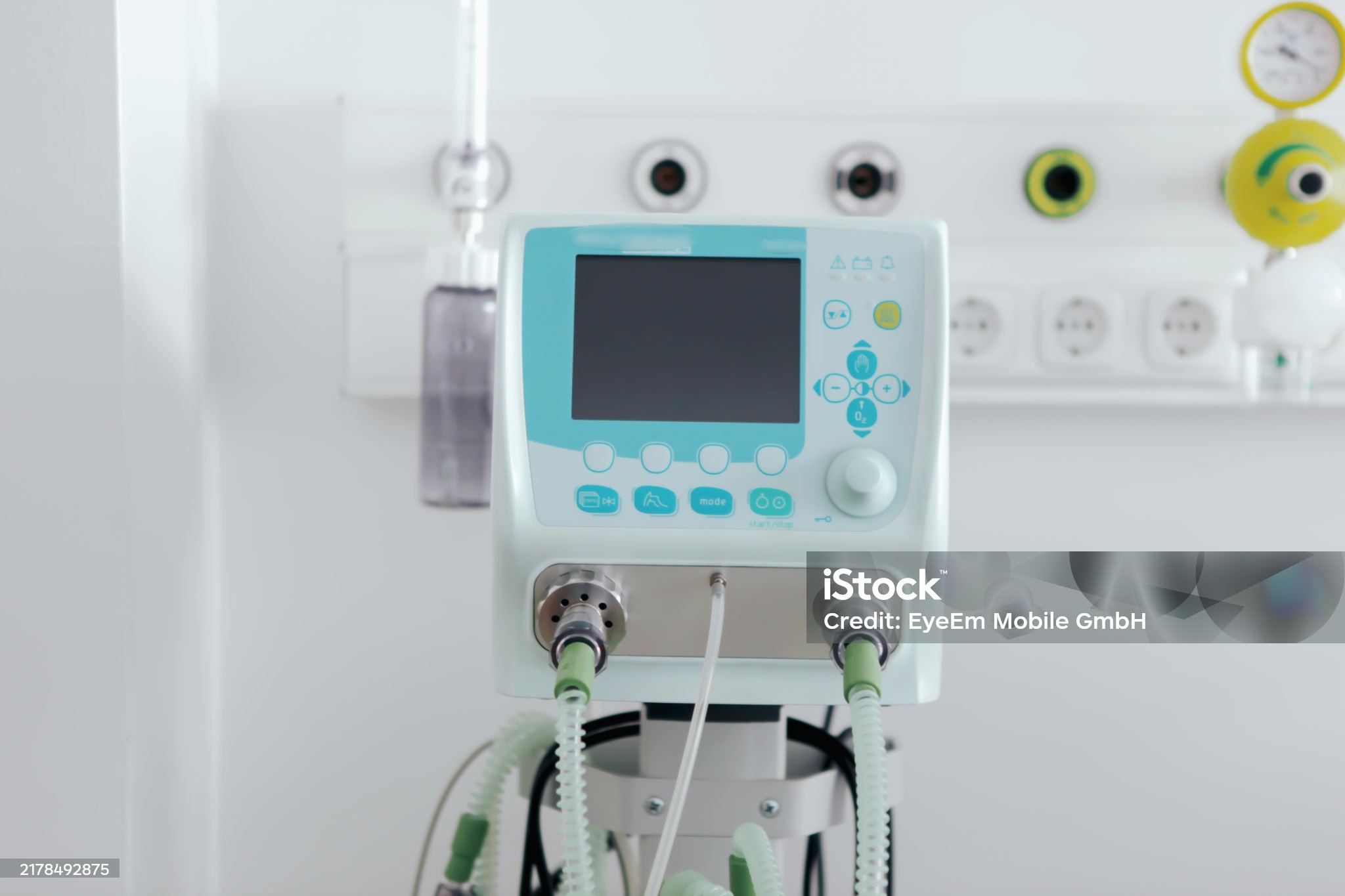
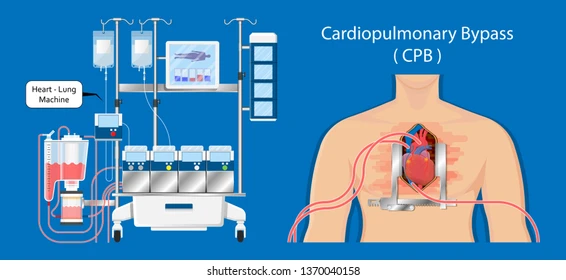
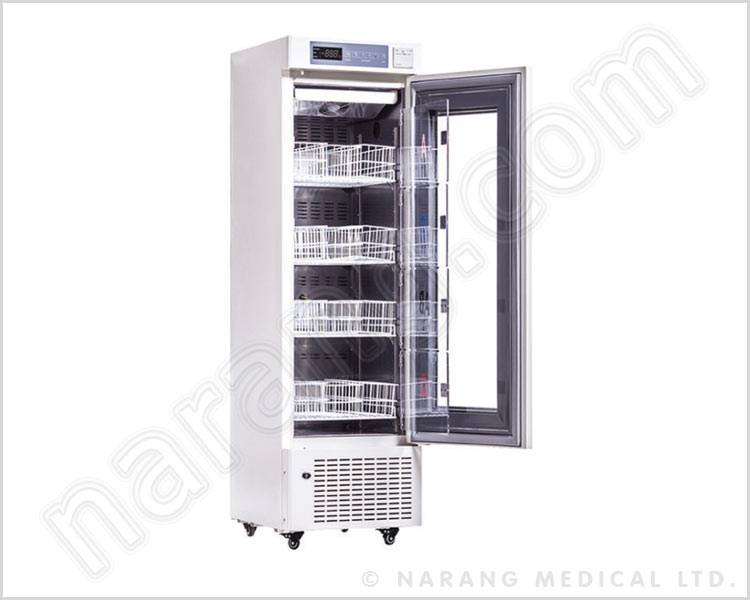

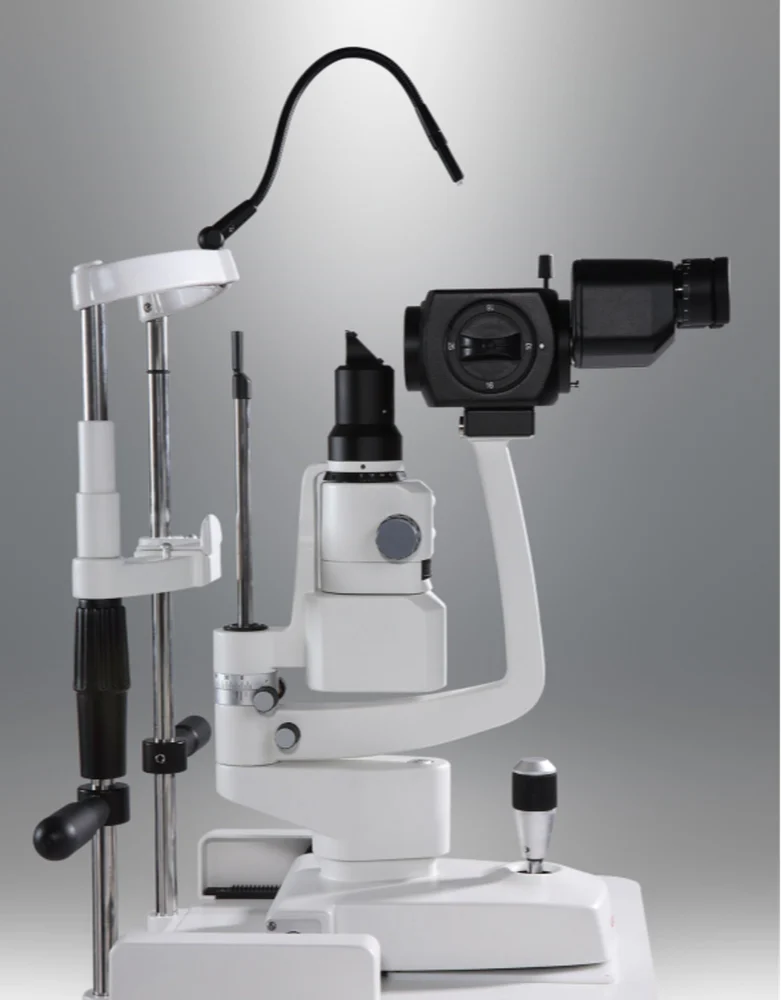

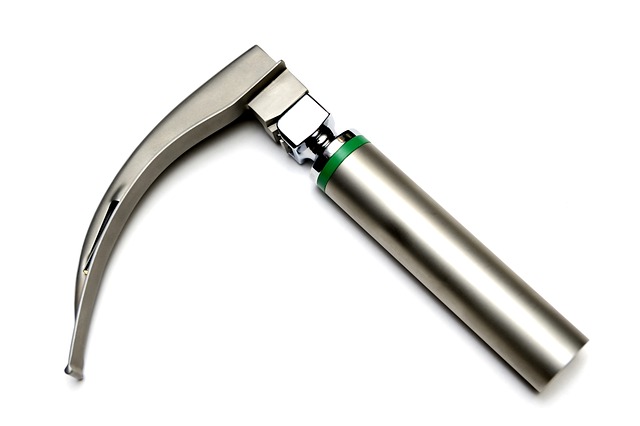
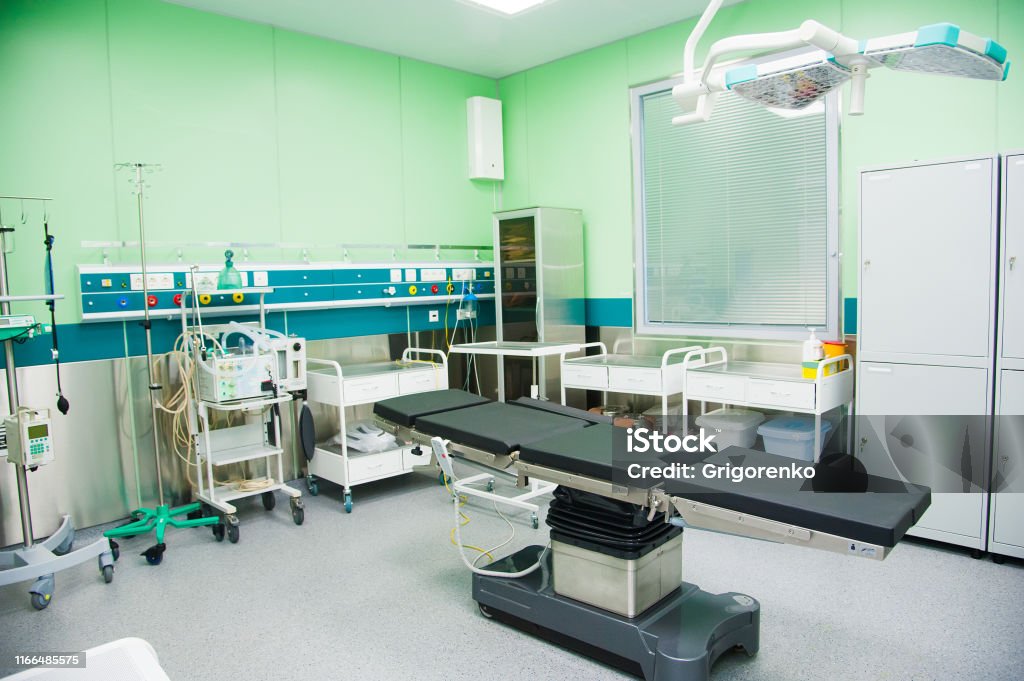
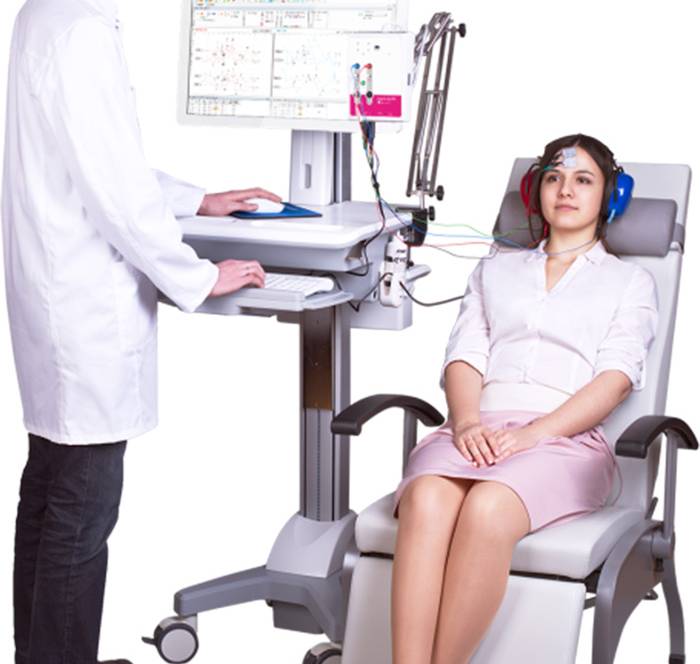
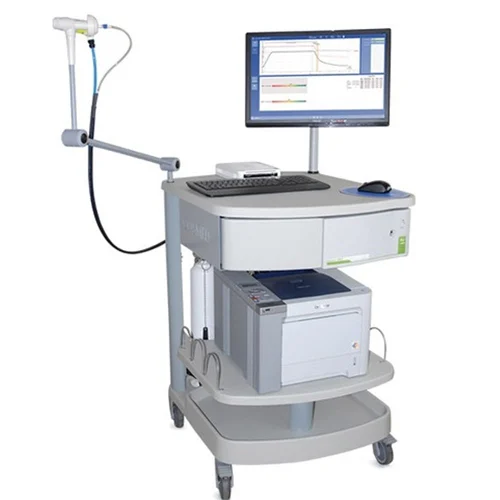
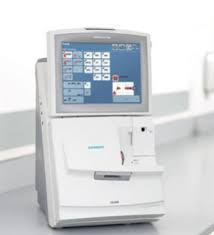

Leave a Reply